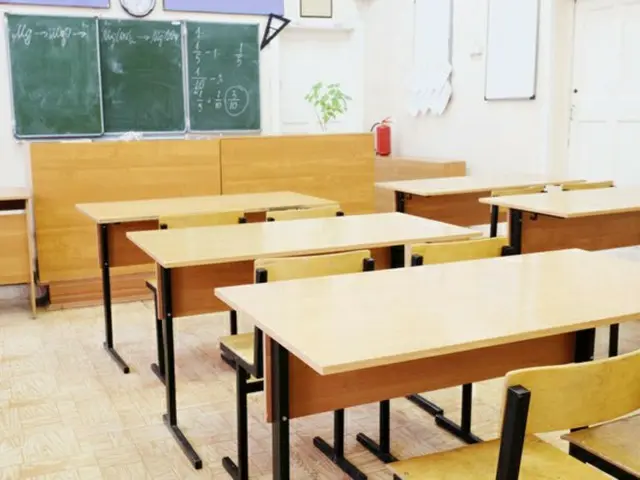On the 23rd, Jin Sun-mi (Democratic Party), a member of the National Assembly's Education Committee, presented the "School Closures in 17 Regional Education Offices Nationwide" report submitted by the Ministry of Education.
According to a survey, a total of 49 elementary, middle, and high schools are scheduled to be closed this year. Due to the declining birthrate, the largest number of these schools (38) are elementary schools, followed by eight middle schools and three high schools.
It was followed by the number of elementary schools with no new students, especially in rural areas, which is expected to increase significantly. Last year, the number of elementary schools nationwide that had no new students reached 112 (excluding schools that were closed or closed).
According to a document that Rep. Jin received from the Ministry of Education on "Elementary schools with no new students" as of April last year, North Jeolla Province had the most with 34 schools, followed by
△Gyeongsanbuk-do (17 schools in North Gyeongsang Province) △Gyeongsangnam-do (16 schools in South Gyeongsang Province) △Jeollanam-do (12 schools in South Jeolla Province) △Chuncheongnam-do (12 schools in South Chungcheong Province) △Gangwon-do (12 schools in South Chungcheong Province)
This year, the number of elementary schools without new students is expected to increase by more than 30% compared to last year. According to data compiled by the regional education offices from early to mid-June, the number of elementary schools without new students in North Gyeongsang Province is expected to increase by more than 30% compared to last year.
In the provinces alone, 42 schools are expected to be unable to accept new students, followed by South Jeolla Province (32 schools), South Gyeongsang Province (26 schools), North Jeolla Province (25 schools), and Gangwon Province (21 schools).
The number of closed schools recorded 33 in 2020, followed by 24 in 2021, 25 in 2022, and 22 in 2023, hovering around 20 schools, but it suddenly increased to 33 schools last year.
The number is expected to increase further to nearly 50. There was also a noticeable disparity between the capital region and the provinces in terms of schools scheduled for closure. In Seoul, there were no schools scheduled for closure, but in Gyeonggi Province,
) six schools were scheduled for closure. The area with the most school closures planned was South Jeolla Province (10 schools), followed by South Chungcheong Province (9 schools), North Jeolla Province (8 schools), and Gangwon Province (7 schools).
Special/metropolitan cities included two areas: Busan (two locations in Busan) and Daegu (one location in Daegu).
2025/02/23 21:31 KST
Copyrights(C) Edaily wowkorea.jp 78

